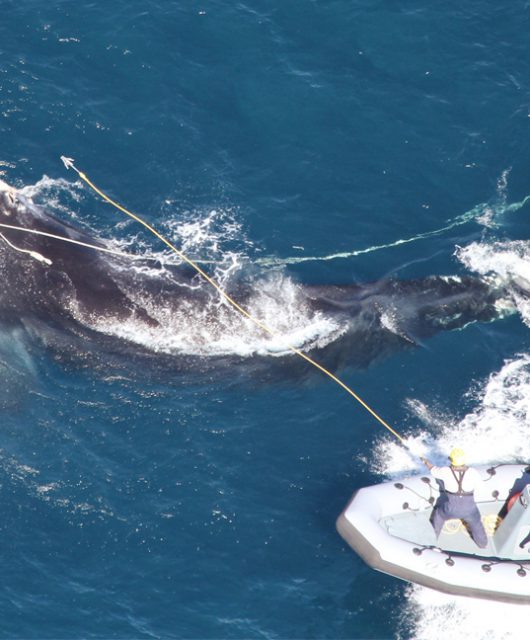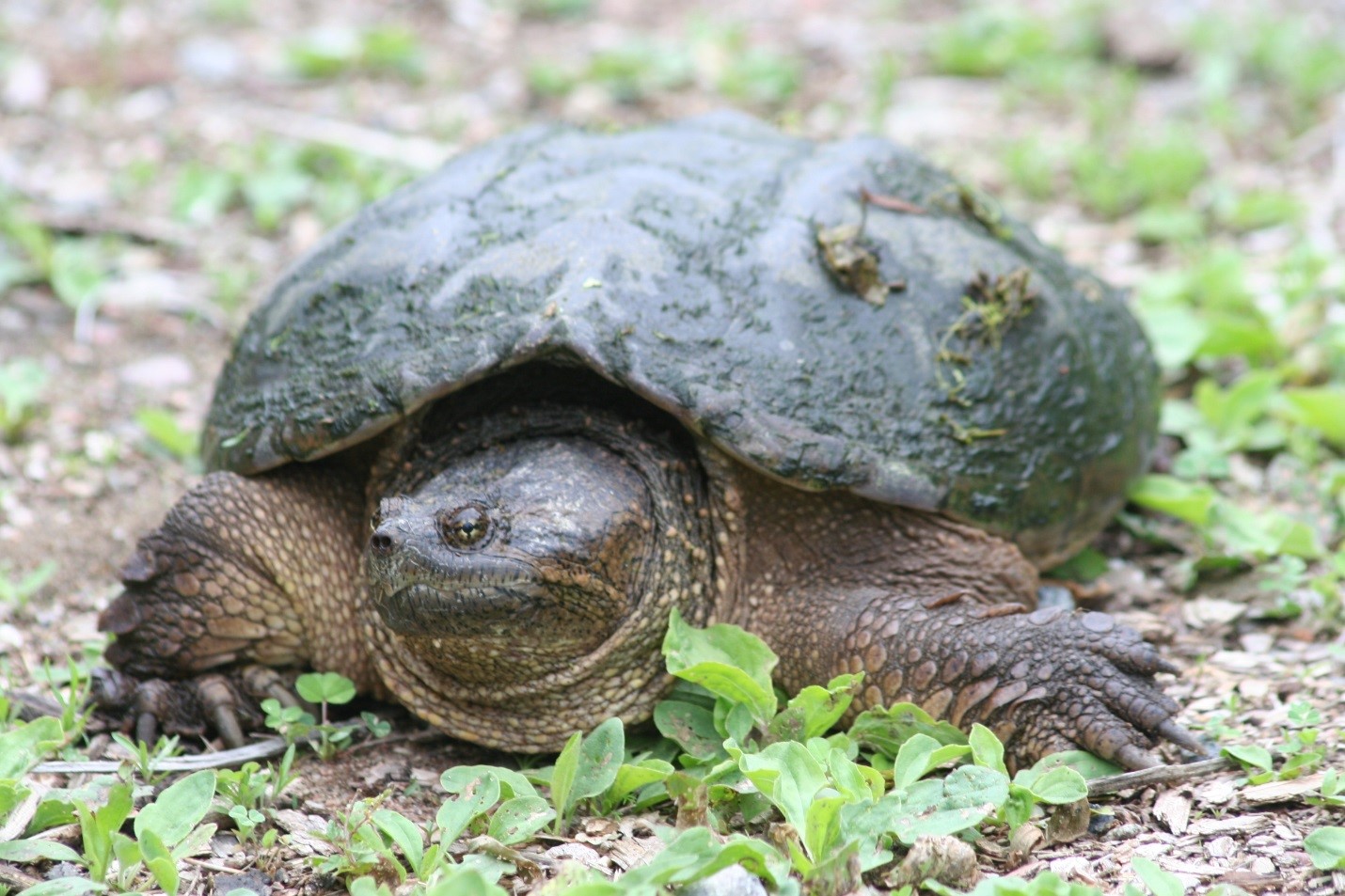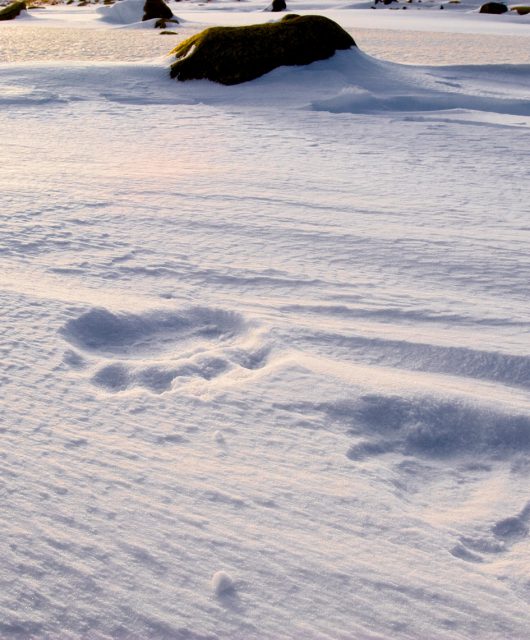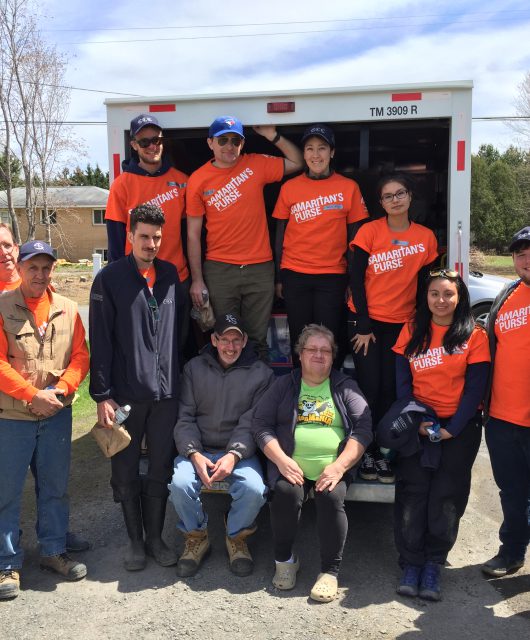The Epic Migrations Happening Right Now
Maybe you’ve spotted your first American Robin bobbing across your lawn or heard the honking of Canada Gees overhead. These birds are telltale signs of spring, making their way back to their Canadian breeding grounds. But birds aren’t the only ones that migrate! From mammals to fish to reptiles. Let’s meet some of the most incredible migrators in the animal kingdom.
American Eel
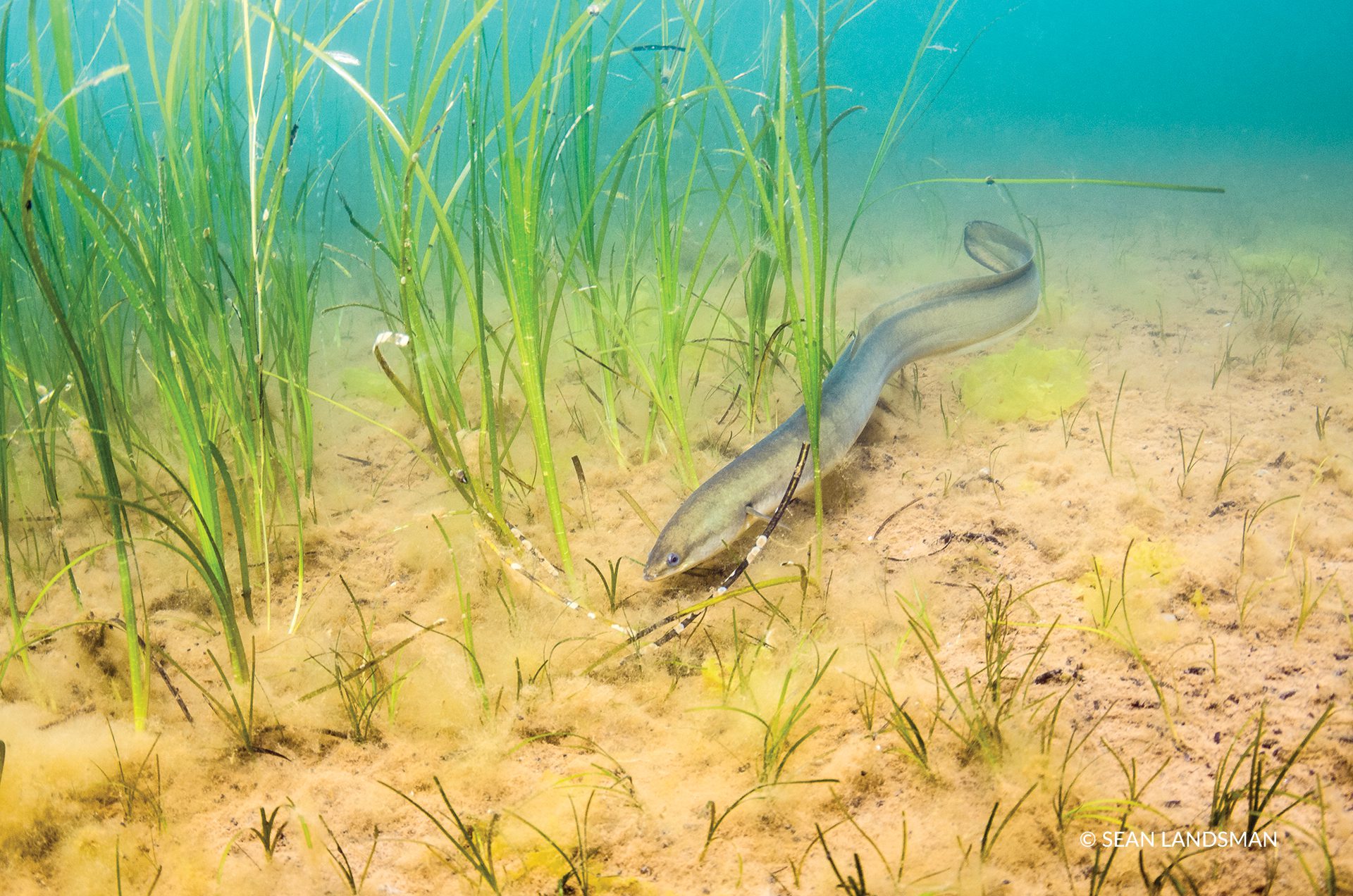
The American Eel has impressive endurance, swimming an astonishing 5,000 kilometres from Ontario’s waters to the Sargasso Sea near Bermuda to spawn. A single female can lay up to 22 million eggs (though more commonly between 0.5 and four million). Eventually the offspring make the long return journey back to Canadian waters. Considering they’ve got such a long trek, you’d think making the journey itself and the sheer energy they’d exhaust making it would be the hardest part for these eels. Unfortunately, it’s really not. They face so many threats along the way, such as dams and turbines that can kill adults as they return to sea. These threats have made their route nearly impossible to navigate. In fact, American Eel populations in Ontario have plummeted by over 99 per cent, making them one of the most threatened migratory animals in the country.
Hoary Bat
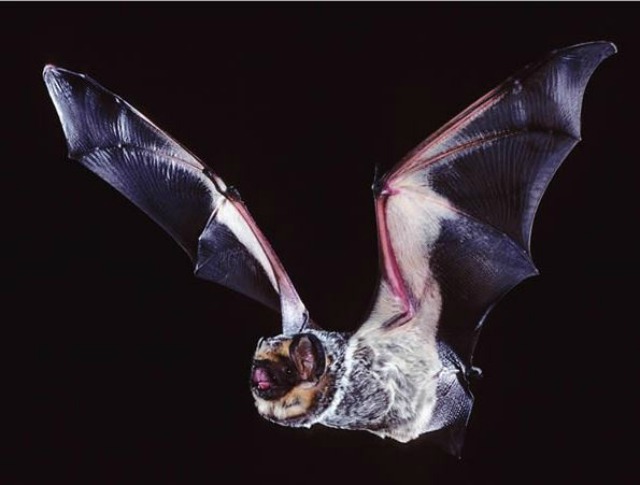
After spending the winter in warmer climes, Hoary Bats return to forests across Canada, from British Columbia to Nova Scotia. They don’t just fly far; they fly fast (up to 20 kilometres per hour) and high (as much as 2,400 metres above ground). Their journey is fueled by midnight feasts of moths and mosquitoes, but it’s also fraught with danger. Wind turbines pose a huge threat, and without action, Hoary Bats could face extinction in just three generations.
Sockeye Salmon
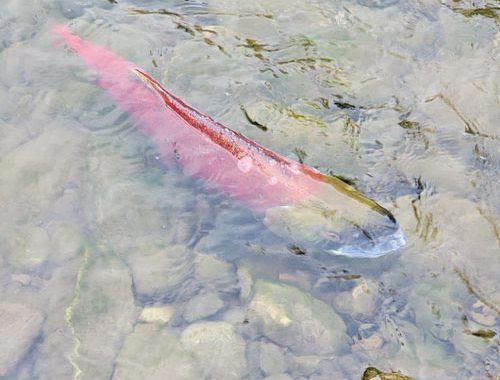
At the end of summer, Sockeye Salmon leave the ocean and begin a grueling migration to rivers like British Columbia’s Fraser River. This final journey is their last mission – after spawning, they die, leaving behind the next generation. Sady, the number of salmon that make this journey has drastically declined. Once, 50 million Sockeye flooded the Fraser River. Now, in good years, the number drops to 5.5 million or, in bad years, as low as 288,000. Climate change and habitat fragmentation, it seems, is rewriting their migration story and not for the better.
Caribou
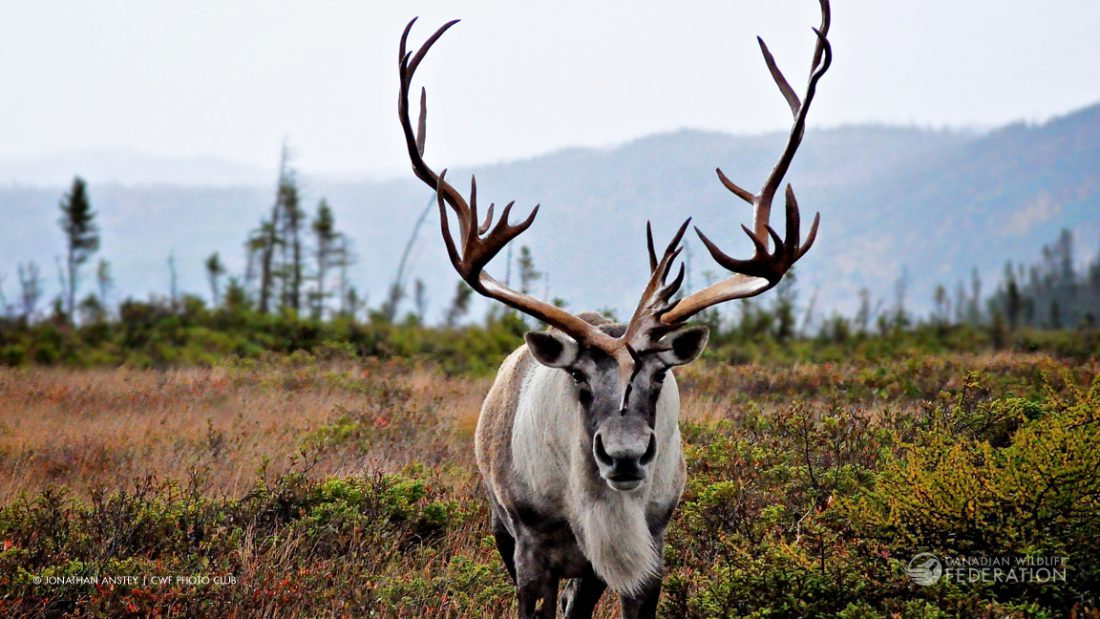
When spring arrives, many caribou herds head north in search of food and safety. But safety isn’t guaranteed. Wolves have always been their relentless shadow, following caribou wherever they go. Now, with climate change leading to less snowfall, wolves have an easier time catching their prey. And thanks to human development, roads and seismic lines create highways for these predators, making caribou even more vulnerable.
Beluga Whale
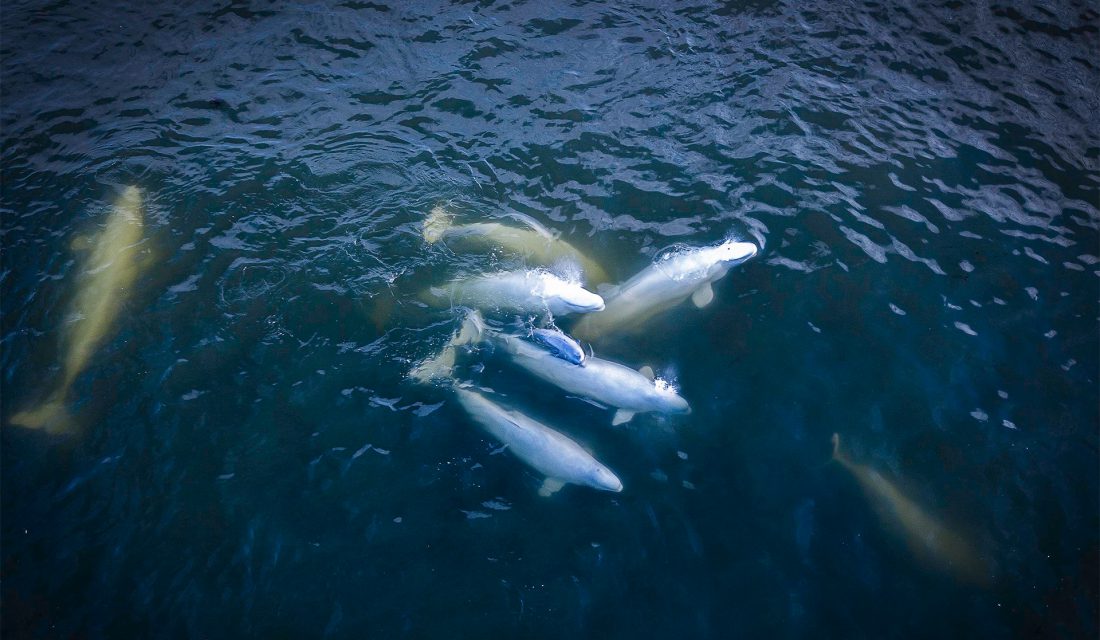
In the summer months, thousands of Beluga Whales leave the Arctic for the warmer, shallower waters of Hudson Bay and the Churchhill River, where they molt, feast and give birth. These rivers provide a rare safe haven, shielding calves from Orca attacks. But as Belugas return to the Arctic, they find themselves more often amongst Orcas who are venturing farther north than ever before as sea ice vanishes due to climate change. The Arctic, once a fortress for Belugas, is no longer as secure.
Leatherback Sea Turtle
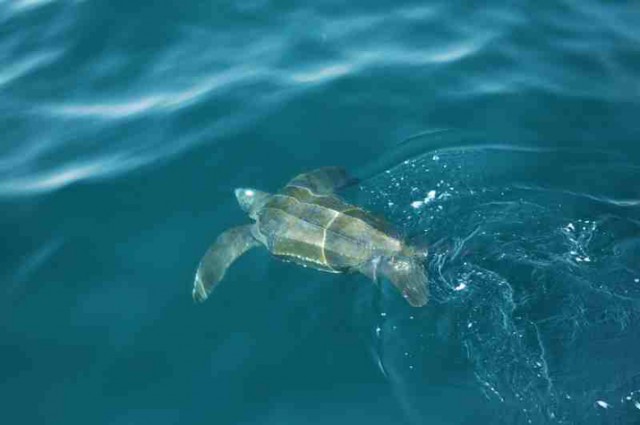
Leatherback sea turtles migrate farther than any other reptile on Earth. En route to nesting and feeding grounds, they can travel across entire ocean basins, with Atlantic Leatherbacks making the long swim from southern nesting beaches (like Trinidad and Grenada) to foraging grounds off the east coast of Canada. With their massive, paddle-like flippers, they can cover 95 kilometres in a single day and reach speeds of 9.3 kilometres per hour. But their incredible journey is full of obstacles – fishing gear, plastic pollution, habitat loss and more.

